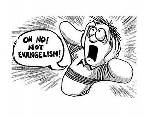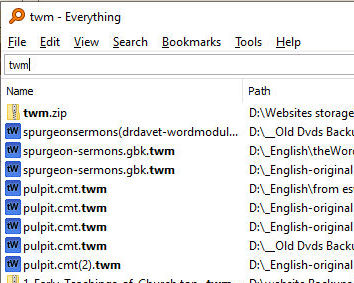Posted by David Cox on September 7, 2025
Posted in Christology • P | Tagged With: Atoning Death of Christ, blood, Christ, Christ the Only Savior, Christology, Church of Christ, Deity of Christ, Giving to Christ his Place, Incarnation of Christ, Mediatorial Work of Christ, Person of Christ, Sabbath of the Lord, Second Coming of Christ, Word of God
The Doctrine of Christ
By W. W. PRESCOTT
415 Pages
REVIEW AND HERALD PUBLISHING ASSOCIATION
TAKOMA PARK, WASHINGTON, D. C.
New York City South Bend, Ind.
A Series of Bible Studies for Use in Churches and Seminaries [First edition: A Series of Bible Studies Covering the Doctrines of the Scriptures, for Use in Colleges and Seminaries, as Outlined and Recommended by the Bible and History Teachers’ Council, held in Washington, D. C., from July 20 to August 9, 1919]
“Christ is All.”
“If any man will do His will, he shall know of the doctrine.”
REVIEW AND HERALD PUBLISHING ASSOCIATION
TAKOMA PARK, WASHINGTON, D. C.New York City South Bend, Ind.
Read more



 Helpful Windows User Tip for "Searching Everything" on your PC.
Helpful Windows User Tip for "Searching Everything" on your PC.